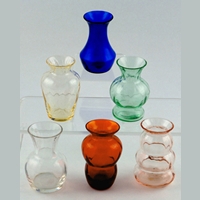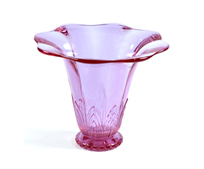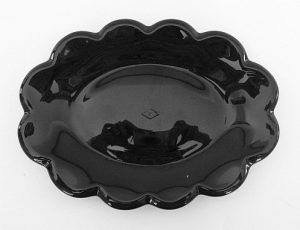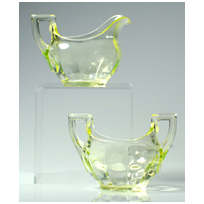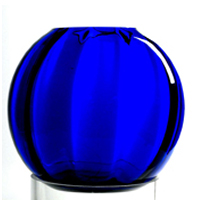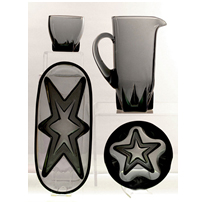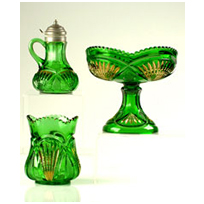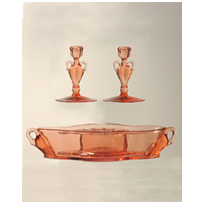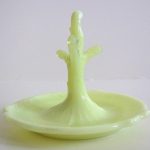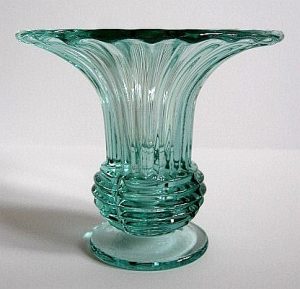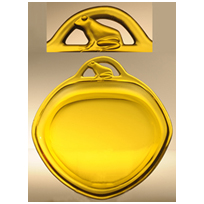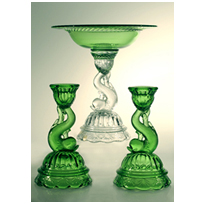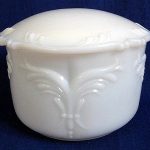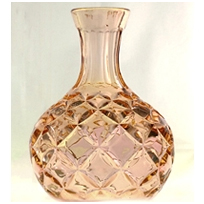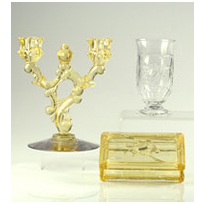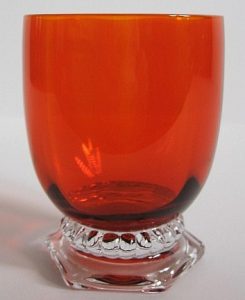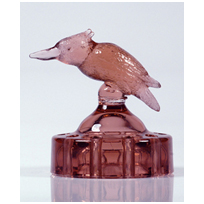 |
Hawthorne
Hawthorne was first introduced in 1926. This color is found in several shades, from lightest lavender to a brownish, muddy purple. Because of the inconsistency in the color, Heisey ceased production in 1927 giving Hawthorne an extremely short period of production. Hawthorne is found in these stemware lines: Nos. 3324 Delaware, 3359 Plateau, 3360 Penn Charter, 3362 Charter Oak, and 3366 Trojan. Pressed-ware pieces in Nos. 1229 Octagon, 1231 Ribbed Octagon, 1184 Yeoman, 411-412 Tudor, 406-407 Coarse Rib, and 417 Double Rib & Panel can be found in Hawthorne. Assorted creams, sugars, nut cups, vases, pitchers, candlesticks, plates, floral bowls, frogs, and other accessory pieces were produced in limited supply in the Hawthorne color. |
